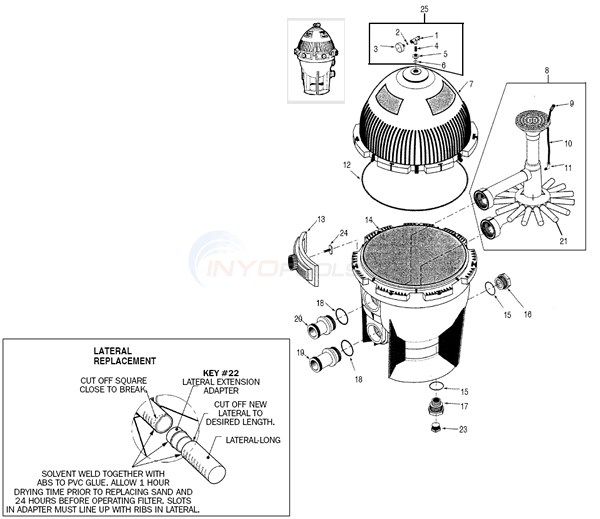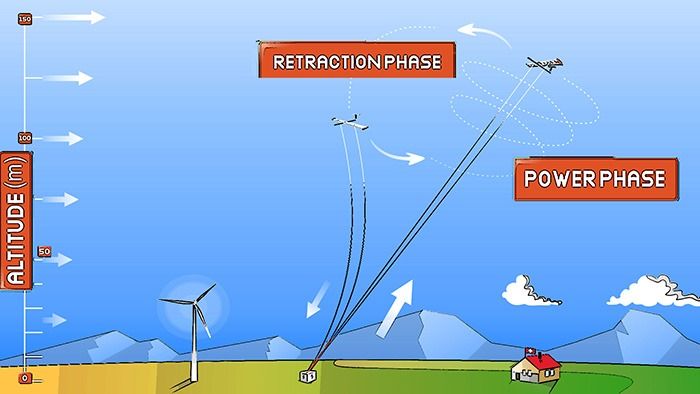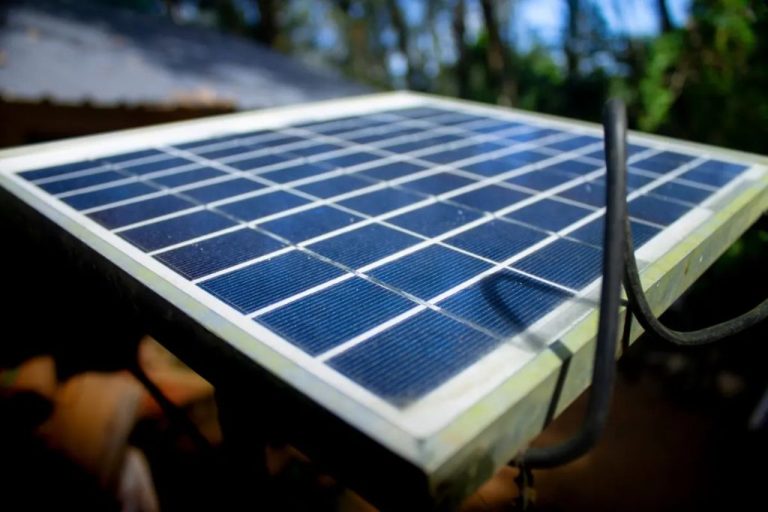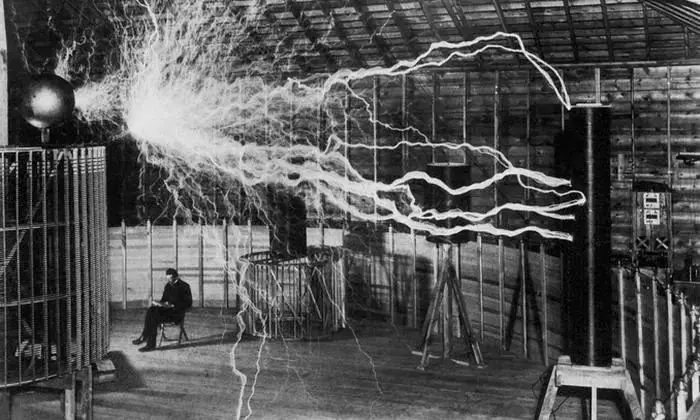What Happens To Atoms When Heated?
When atoms are heated, they gain kinetic energy in the form of increased vibrational motion. This added energy causes changes to occur at the atomic level, affecting the atoms’ structure and behavior. Heating increases the average kinetic energy of atoms, causing them to vibrate more rapidly in place or move faster in a gaseous state. The added kinetic energy provided by heating can also cause rearrangements of atoms in molecules or the transfer of electrons. This introduction will explore the various effects that heating has on the properties and configurations of atoms.
Atomic Structure
Atoms are made up of three main particles: protons, neutrons, and electrons. The protons and neutrons make up the central nucleus of the atom, while the electrons orbit around the nucleus. The number of protons in an atom determines its chemical identity or element. For example, hydrogen atoms have 1 proton, helium atoms have 2 protons, and so on. The number of neutrons can vary between atoms of the same element, resulting in different isotopes of that element. Neutrons help stabilize the nucleus. Electrons have a negative charge and determine the chemical properties of the element as they are involved in chemical bonds with other atoms.
Vibrational Motion
When a substance is heated, the atoms and molecules gain kinetic energy and start moving more rapidly. This increased motion manifests as increased vibrations. Atoms constantly vibrate even at low temperatures, but heating increases the amplitude and frequency of these vibrations.
The vibrations occur because atoms are bonded together in molecules or crystal lattices. Heating provides energy that causes the bonds between atoms to stretch and bend. For example, in water molecules (H2O), the angle between the hydrogen atoms stretches and contracts as thermal energy is added.
At higher temperatures, the vibrations are so intense that bonds can be broken completely, leading to dissociation of molecules into individual atoms. However, below this temperature, heating increases average atomic vibrations in a quantifiable way. This vibration impacts properties like heat capacity and the ability for atoms to diffuse through materials.
Interatomic Spacing
When atoms are heated, the increased vibrational motion causes the distance between atoms, known as the interatomic spacing, to increase slightly. At normal temperatures, atoms vibrate in place while bonded together in a fixed position. However, as more heat energy is added to the atoms, their vibrational amplitudes increase. This causes the atoms to spend more time at the outer limits of their vibrational range, farther apart from neighboring atoms. The overall effect is a slight increase in the average distance between bonded atoms in the material. This phenomenon is sometimes referred to as thermal expansion on a microscopic scale.
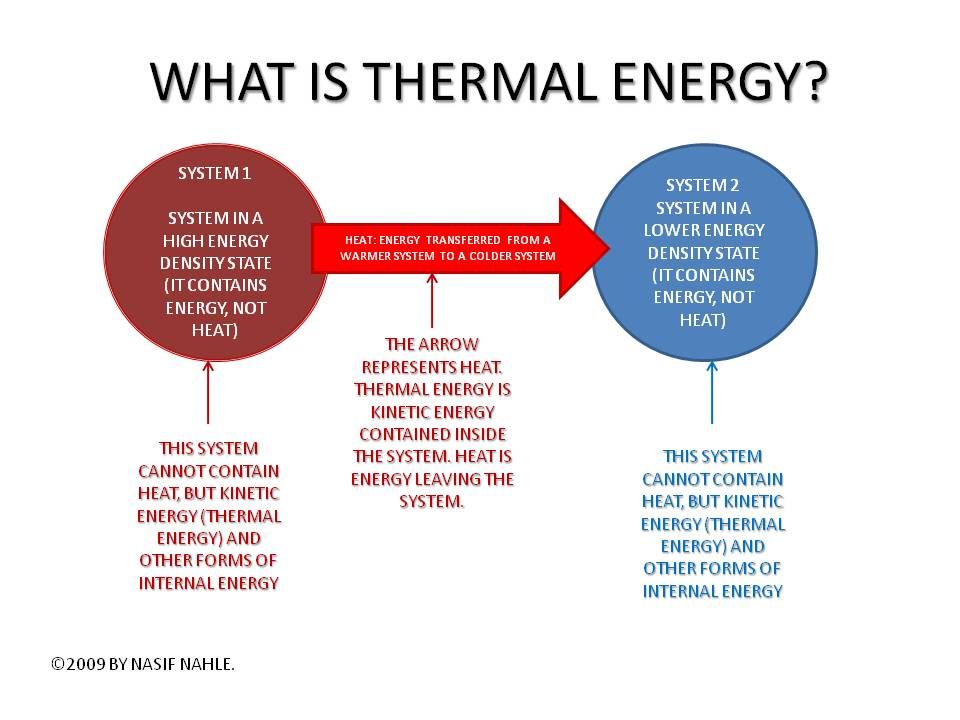
The increase in interatomic spacing occurs because the atoms have more kinetic energy at higher temperatures. Their increased vibrational motion enables them to overcome the interatomic forces binding them together, if only momentarily. Although the atoms remain bonded, the length of those bonds increases minutely as the atoms are jostled to and fro. This small expansion in interatomic spacing is temporary, though. When the temperature drops, the atoms vibrate less and settle back into their original fixed spacing.
Phase Changes
When atoms in a solid are heated, they gain kinetic energy and begin vibrating more rapidly. As the temperature increases, the vibrations eventually become great enough to break the interatomic bonds and allow the atoms to move freely past one another. This transition from solid to liquid is known as melting.
In liquids, the atoms are mobile but still close together due to intermolecular attractive forces. As the liquid is heated further, these attractive forces are overcome by the kinetic energy of the atoms or molecules. When the kinetic energy reaches a point where the molecules can readily escape at the surface, the liquid transitions to a gas or vapor. This is called evaporation or boiling.
The temperature at which these phase changes occur depends on the material and the strength of its interatomic and intermolecular forces. However, with sufficient thermal energy input, all materials will transition from solid to liquid to gas if they are chemically stable at those temperatures.
Thus, heating atoms causes progressive phase changes by increasing vibrational kinetic energy until the forces holding the atoms together in each state are overcome. This allows the atoms to move more freely and occupy increasingly greater volumes as they transition from tightly-bound solids to freely-moving gases.
Ionization
Ionization occurs when atoms or molecules gain enough thermal energy from heating to eject one or more electrons. This causes the atom or molecule to become electrically charged as it loses electrons. For example, heating sodium metal can provide enough energy for a valence electron to completely break free of the nucleus, creating a positively charged sodium ion (Na+) and a free electron (e-).
Similarly, heating hydrogen gas can ionize its molecules (H2) by stripping the shared electron and creating separate hydrogen ions (H+). The amount of energy required to ionize atoms or break molecular bonds is called the ionization energy or bond dissociation energy. These energies vary for each element and compound. Heating provides energy that can overcome ionization energies and break apart atomic and molecular structures.
Dissociation
When molecules are heated, the kinetic energy of the atoms increases. At high enough temperatures, this added kinetic energy can overcome the forces holding the atoms together in molecules, causing the molecules to dissociate into separate atoms.
For example, heating hydrogen molecules (H2) provides enough energy to break the hydrogen-hydrogen bonds. This causes the hydrogen molecules to split into separate hydrogen atoms (H). The amount of energy needed for dissociation depends on the type of chemical bonds within the molecule. Stronger molecular bonds require more energy to overcome the attractive forces.
Dissociation reactions require a significant input of thermal energy, but do not involve any changes in the atomic species present. The atoms are simply separated from one another. This contrasts with other thermal decomposition pathways like ionization or radical formation.
Excitation
When atoms are heated, the added thermal energy can excite electrons to higher energy levels. Atoms have distinct electron energy levels, and heating provides energy for electrons to jump to higher, unstable orbits farther from the nucleus. The amount of energy required to excite an electron depends on the specific electron transition in a particular atom. For example, in hydrogen atoms, the energy required for an electron to transition from the first (n=1) to second (n=2) orbit is about 10.2 eV. Heating supplies this quantized energy amount to enable excitation. Excited electrons are in a higher potential energy state farther from the nucleus. They tend to be unstable and quickly return to lower energy levels, releasing photons in the process. The frequency and thus color of the emitted light depends on the energy gap between levels according to Planck’s equation. So excitation of electrons by heating leads to characteristic spectral emission lines. The excitation of outer valence electrons by heating is an important process in thermal emission of radiation from hot objects.
Emission/Absorption
When atoms are heated, some of the energy is absorbed by the electrons, causing them to move to higher energy levels. The electrons are not stable in these excited states and will eventually drop back down, emitting photons in the process. The energy of the emitted photons corresponds exactly to the energy difference between the excited state and the ground state of the electron. Therefore, each element emits a characteristic set of frequencies of radiation when heated, known as an emission spectrum. The emission spectrum can be measured using a spectroscope to identify the elemental composition of a material.
The reverse process occurs with absorption spectra. When white light passes through a cool gas, the atoms will preferentially absorb photons that match the energy differences between their ground state and excited states. This selectively removes certain wavelengths from the light, leaving dark lines in the absorption spectrum. By measuring an absorption spectrum, we can also determine the elemental composition of a material based on which wavelengths are absorbed.
In summary, heating atoms leads to light emission at frequencies matching the element’s electron transition energies, while cooling atoms leads to the absorption of those same characteristic frequencies. Analyzing emission and absorption spectra provides information about the energy levels in different atoms and enables elemental identification.
Conclusion
In summary, heating atoms and molecules causes several key changes at the atomic and molecular levels. As temperature increases, atoms and molecules gain more kinetic energy and vibrate more rapidly. Interatomic spacing between atoms increases as thermal motion overcomes intermolecular forces. With enough added energy, phase changes occur as the kinetic energy overcomes the forces holding atoms or molecules together in a fixed arrangement. At high enough temperatures, individual atoms can become ionized as electrons gain enough energy to leave their orbitals. Molecular bonds can even be broken completely in a process called dissociation. Electrons also move to higher energy orbitals through excitation and then emit photons when relaxing back down. Heating enables many transitions and chemical reactions by adding energy to break bonds and form new arrangements. While cooling reverses this, removing kinetic energy so that substances condense back down to tightly bonded low-energy states. The effects of heating on matter at the atomic scale underlie many important physical and chemical processes across science and industry.

